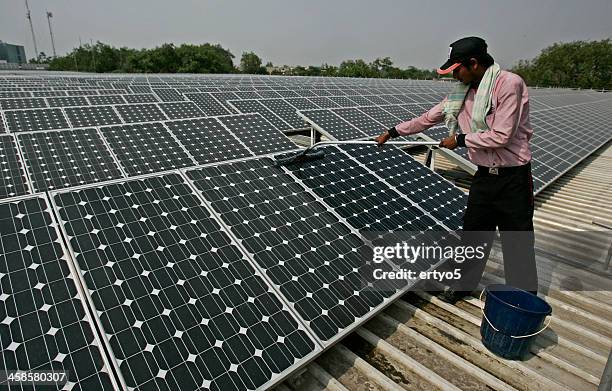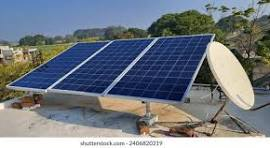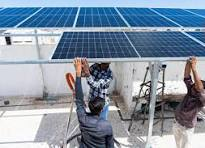India’s Solar Market Headed for Major Shakeup

New Delhi, India – June 14, 2011: A solar panel is cleaned using a wet sponge. Solar power convets sunlight into electricity, Commercial concentrated solar power plants were first developed in the 1980s.
November 20, 2025
The solar module manufacturing in India is nearing the point of unsustainable overcapacity, which will lead to consolidation in the Indian solar industry supply chain, analysts say.

Overcapacity and newer and better technologies will squeeze smaller firms out of the market and result in consolidation over the next three to five years, analysts at Indian rating agency ICRA, an affiliate of Moody’s, said on Thursday, as quoted by Reuters.
The overcapacity could be as much as three times higher than solar installations, according to the analysts.
India added a record 22 gigawatts (GW) of renewable energy capacity in the first half of 2025, up by 57% from a year earlier, according to Rystad Energy data. Solar led the newly-added capacity with 18.4 GW installations, followed by 3.5 GW of wind, and 250 megawatts (MW) of bioenergy generated from plant and animal waste.
However, solar module capacity is running well above domestic installation rates, while export markets have shrunk with the U.S. tariffs /
“The overcapacity in module production will likely lead to consolidation of smaller/pureplay module players,” ICRA said in a report earlier this month.
“However, the vertically integrated manufacturers will benefit over the long term due to greater control over the supply chain,” it added.
Last month, Wood Mackenzie, an energy consultancy, warned that near-term overcapacity and export headwinds will be a critical test for India’s long-term goal of global solar leadership.

The country solar module manufacturing capacity is on track to top 125 GW by the end of the year, more than triple the domestic market demand of around 40 GW, according to WoodMac.
“India’s government’s PLI scheme has been highly effective in spurring factory announcements, but the industry is now seeing warning signs of rapid overcapacity similar to those that preceded China’s recent price collapse,” said Yana Hryshko, Head of Solar Supply Chain Research at Wood Mackenzie.
“The challenge has shifted from building capacity to achieving cost-competitiveness and diversifying export markets.”
Oilprice.com






